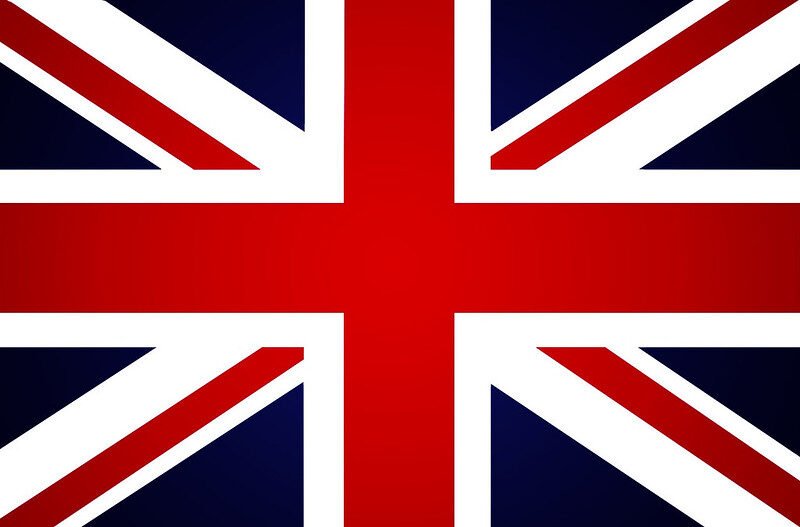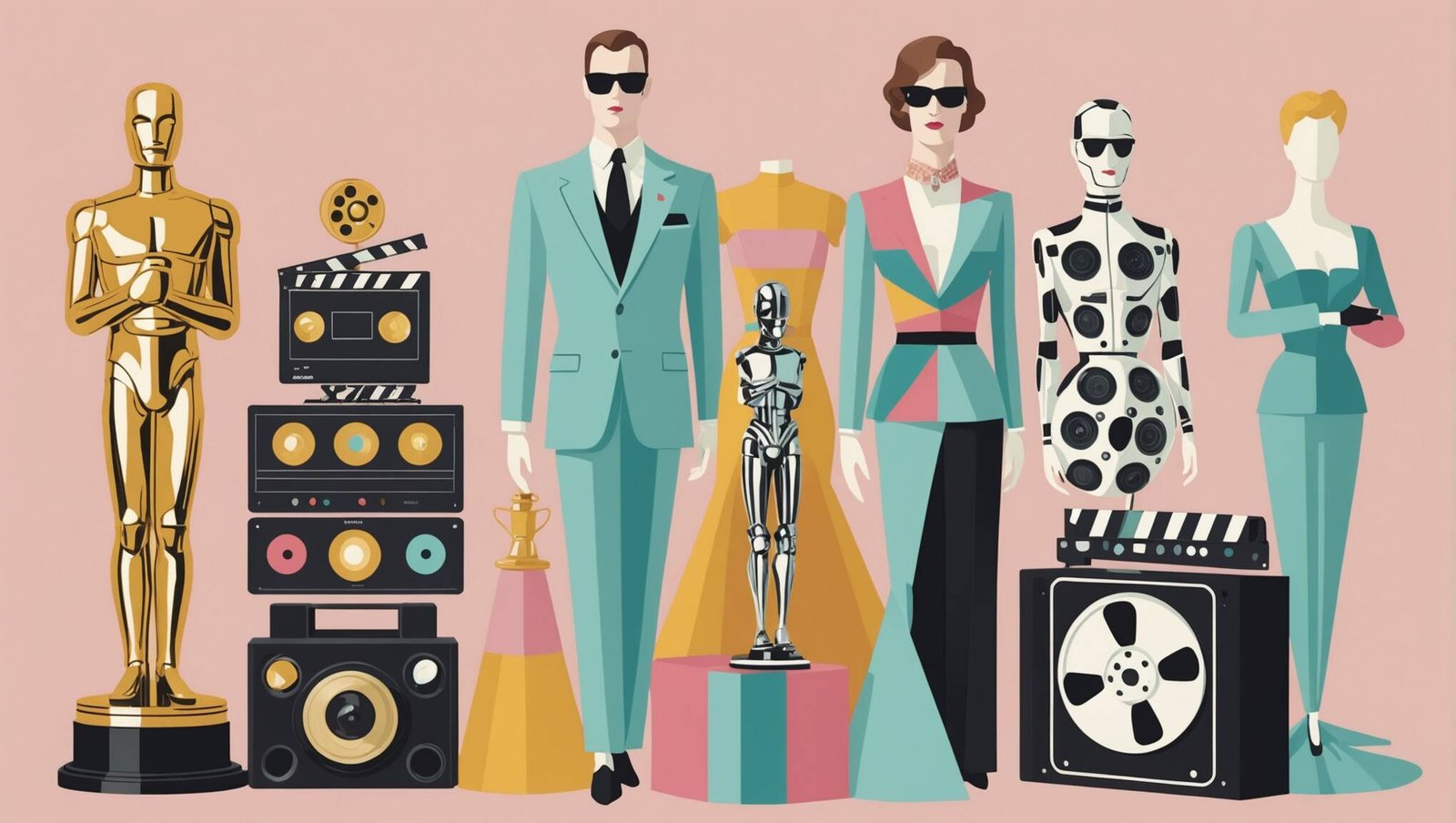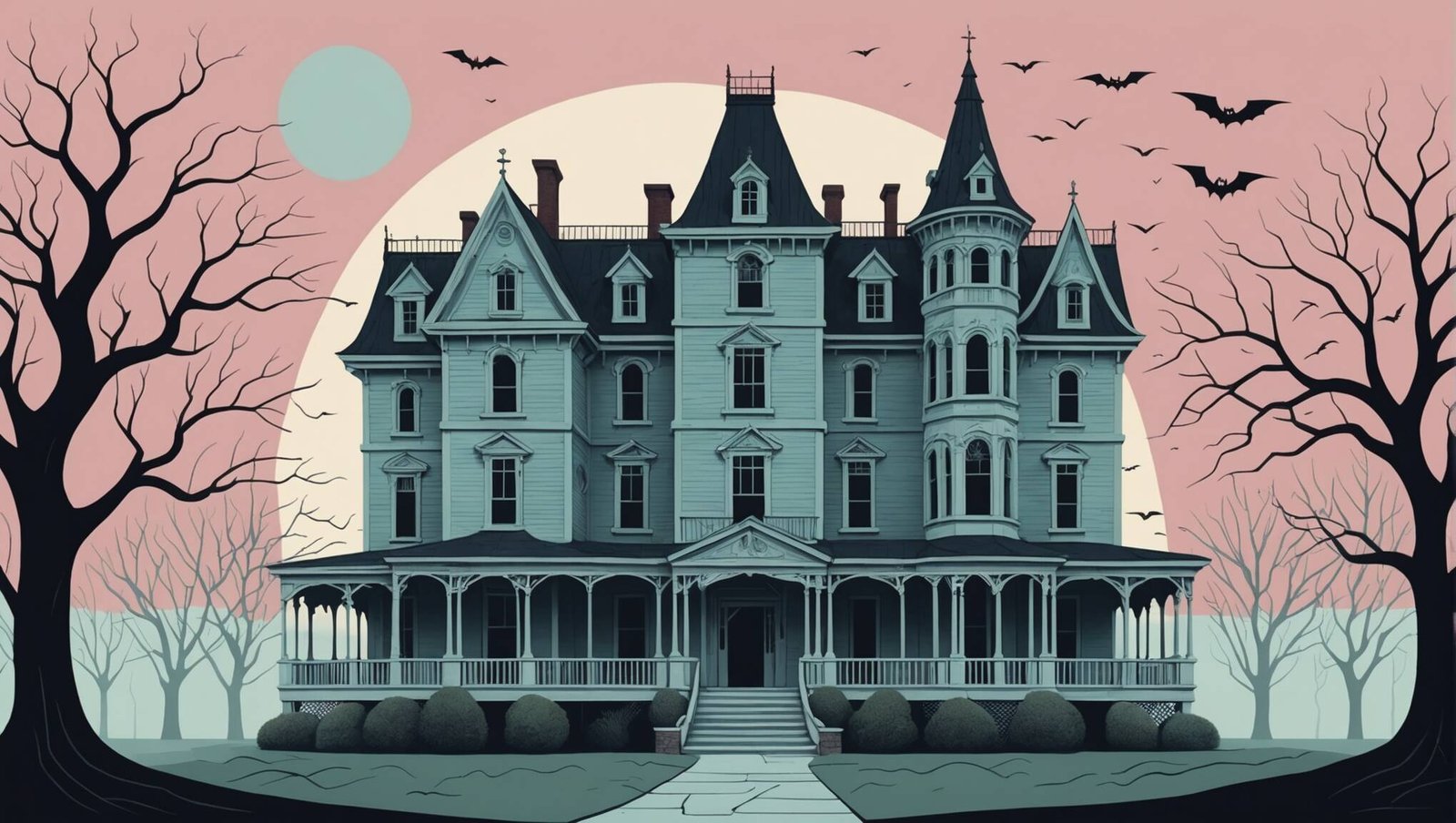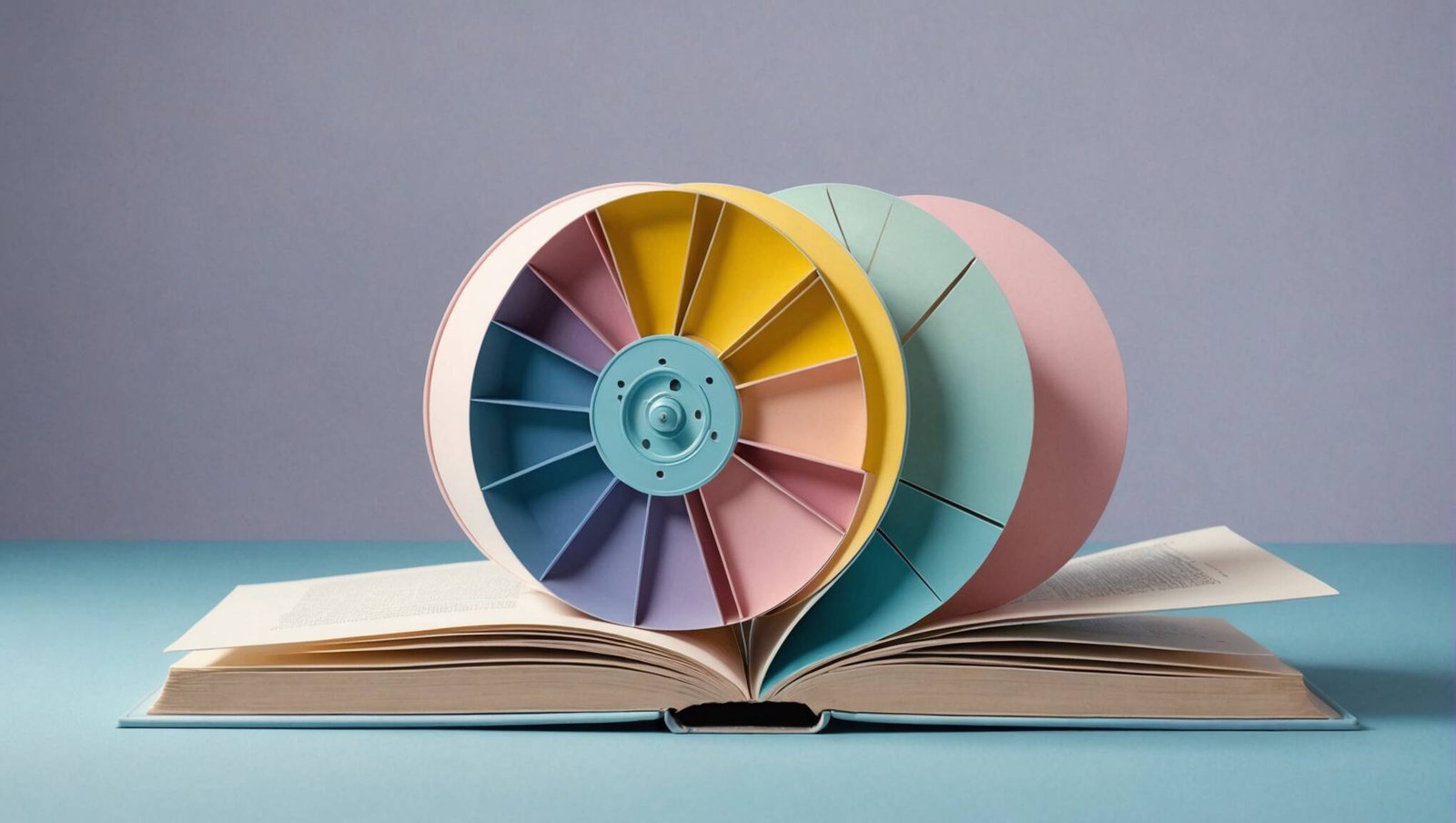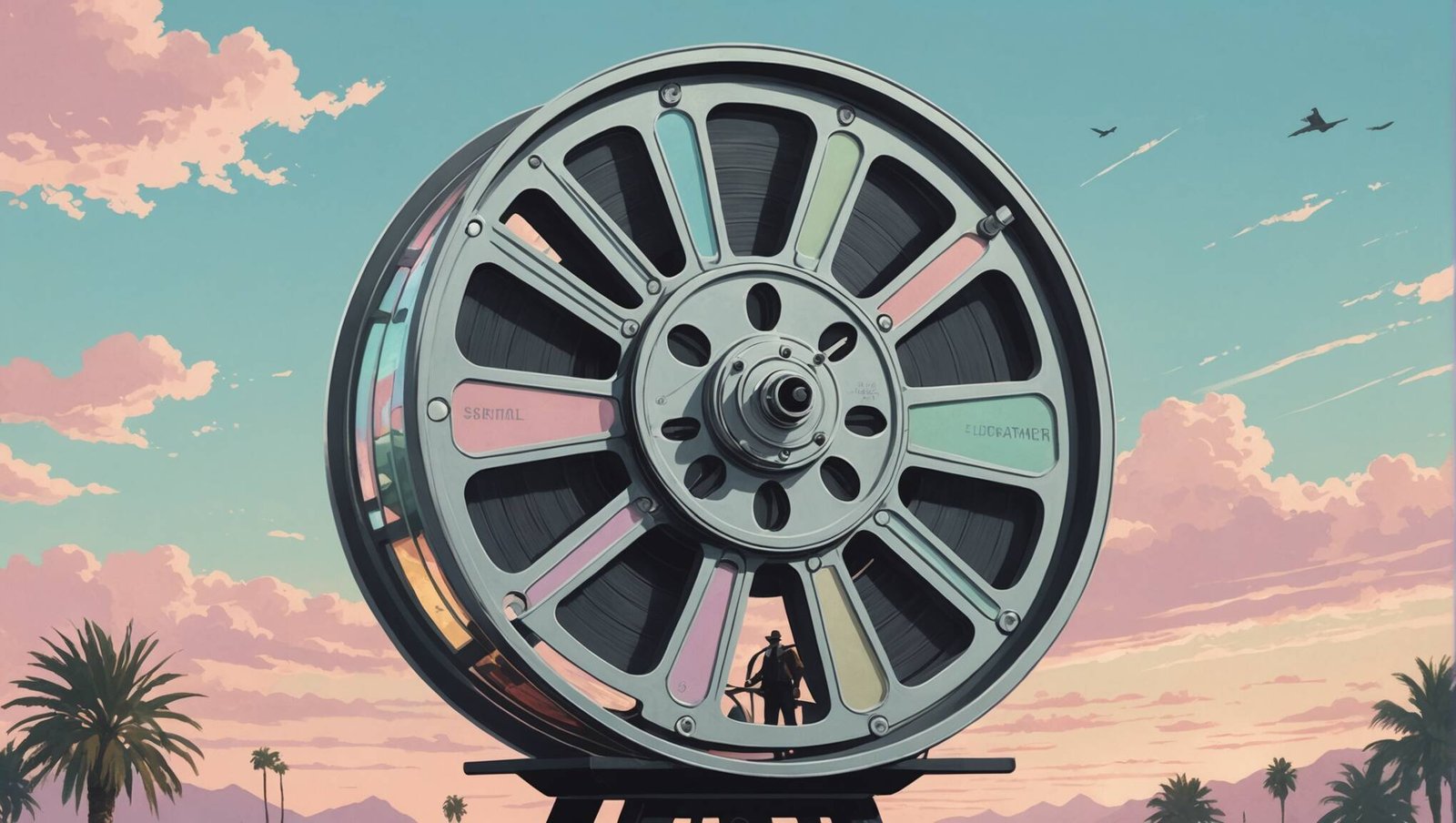Dazzling Designs: Oscar’s Best Costume Winners [Gallery]
The Academy Award for Best Costume Design is a celebration of the artistry and imagination that breathes life into characters through clothing. This prestigious accolade recognises the power of costume to transport audiences to different eras, worlds, and realities. From opulent period pieces to futuristic fantasies, the winners of this award have consistently pushed the boundaries of cinematic fashion, creating iconic looks that linger in our collective memory long after the credits roll.
The Evolution of Costume Design in Cinema
Since its inception, the Academy Award for Best Costume Design has been a testament to the evolving art of cinematic storytelling. In the early days of Hollywood, costumes were often an afterthought, but as the industry matured, so did the recognition of their importance. The first Oscar for costume design was awarded in 1949, marking a turning point in the appreciation of this crucial aspect of filmmaking.
Over the decades, we’ve witnessed a remarkable transformation in the approach to costume design. From the lavish gowns of historical epics to the gritty realism of contemporary dramas, each era has brought its own unique aesthetic to the silver screen. The winners of this award have not only captured the essence of their respective time periods but have also influenced fashion trends and musical aesthetics beyond the cinema.
Iconic Oscar-Winning Costumes Through the Years
Let’s take a visual journey through some of the most memorable Oscar-winning costume designs:
1950s: The Golden Age of Hollywood Glamour
The 1950s saw a parade of sumptuous period dramas taking home the gold. Edith Head’s designs for ”The Heiress” (1949) set the bar high with their meticulous attention to 19th-century detail. The decade culminated with Cecil Beaton’s breathtaking creations for ”Gigi” (1958), which perfectly captured the opulence of Belle Époque Paris.
1960s: A Decade of Change
As society transformed, so did costume design. The swinging sixties brought us Julie Harris’s mod fashions in ”Darling” (1965), while Danilo Donati’s work on ”Romeo and Juliet” (1968) reinvented Renaissance attire for a new generation.
1970s: Gritty Realism Meets Fantasy
The seventies were a time of contrast. On one hand, we had the stark realism of Theoni V. Aldredge’s costumes for ”The Great Gatsby” (1974). On the other, the fantastical creations of John Mollo for ”Star Wars” (1977) revolutionised sci-fi aesthetics.
1980s: Opulence and Excess
The eighties brought a return to lavish historical dramas. Emi Wada’s costumes for ”Ran” (1985) were a feast for the eyes, while James Acheson’s work on ”The Last Emperor” (1987) showcased the grandeur of imperial China.
1990s: Period Pieces and Modern Classics
The nineties saw a mix of period accuracy and contemporary style. Gabriella Pescucci’s designs for ”The Age of Innocence” (1993) perfectly captured 19th-century New York high society, while Ann Roth’s costumes for ”The English Patient” (1996) blended romance with wartime practicality.
2000s: Fantasy Takes Flight
With advancements in special effects, costume designers could let their imaginations soar. Ngila Dickson and Richard Taylor’s work on ”The Lord of the Rings: The Return of the King” (2003) brought Middle-earth to life, while Alexandra Byrne’s elizabethan creations for ”Elizabeth: The Golden Age” (2007) were nothing short of regal.
2010s and Beyond: Pushing Boundaries
Recent years have seen costume design reach new heights of creativity. From the Afrofuturistic brilliance of Ruth E. Carter’s costumes for ”Black Panther” (2018) to Jacqueline Durran’s pitch-perfect 19th-century fashions in ”Little Women” (2019), costume designers continue to innovate and inspire.
The Impact of Oscar-Winning Costumes on Popular Culture
The influence of Oscar-winning costume design extends far beyond the cinema. These creations often spark trends in fashion, inspire Halloween costumes, and become cultural touchstones. Think of the iconic white dress from ”The Seven Year Itch” or the sleek superhero suits from Marvel films – these designs have permeated our collective consciousness.
Moreover, the attention to detail and historical accuracy in period pieces has raised the bar for authenticity in film. Costume designers now work closely with historians and textile experts to ensure that their creations are not only visually stunning but also true to the era they represent.
The Craft Behind the Glamour
While we marvel at the finished product on screen, it’s important to appreciate the immense skill and labour that goes into creating Oscar-worthy costumes. Designers must consider not only the aesthetic appeal of their creations but also their functionality on set. Costumes need to withstand the rigours of filming, allow for movement, and sometimes even incorporate special effects.
The process often begins months before shooting, with extensive research and countless sketches. Designers collaborate closely with directors, actors, and other departments to ensure that the costumes align with the overall vision of the film. It’s a painstaking process that requires both artistic vision and technical expertise.
The Future of Costume Design
As we look to the future, the world of costume design continues to evolve. With the rise of CGI and virtual production techniques, costume designers are finding new ways to blend physical and digital elements. This opens up exciting possibilities for creating truly otherworldly designs that were once impossible to achieve.
Additionally, there’s a growing emphasis on sustainability in costume design. Many designers are now exploring eco-friendly materials and production methods, aligning with the industry’s broader push towards environmental consciousness.
The upcoming slate of must-watch films promises to showcase even more groundbreaking costume work, pushing the boundaries of what’s possible in cinematic fashion.
Celebrating the Unsung Heroes of Cinema
The Academy Award for Best Costume Design shines a spotlight on an often-overlooked aspect of filmmaking. These talented artists play a crucial role in bringing stories to life, helping actors inhabit their characters, and transporting audiences to different worlds.
From the grand spectacles of historical epics to the subtle details of contemporary dramas, costume designers are the unsung heroes who add depth, authenticity, and visual splendour to our favourite films. Their work enhances cinematography and overall visual storytelling, creating a cohesive and immersive cinematic experience.
As we continue to celebrate the magic of cinema, let’s take a moment to appreciate the artistry, creativity, and sheer hard work that goes into creating the costumes that dazzle us on screen. The next time you watch a film, pay close attention to the clothing – you might just be witnessing the next Oscar-winning design.
FAQ
Who has won the most Academy Awards for Best Costume Design?
Edith Head holds the record for the most wins in this category, with an impressive eight Oscars for Best Costume Design. Her career spanned several decades and included iconic designs for films like ”Roman Holiday” and ”The Sting”.
How do costume designers research for historical films?
Costume designers often delve deep into historical archives, studying paintings, photographs, and actual garments from the era. They also consult with historians and visit museums to ensure accuracy. Many designers create their own extensive libraries of reference materials over the course of their careers.
Can costume design influence fashion trends?
Absolutely! Many Oscar-winning costume designs have had a significant impact on fashion trends. For example, the flapper dresses from ”The Great Gatsby” (2013) sparked a revival of 1920s-inspired fashion, while the superhero costumes from various Marvel films have influenced streetwear and athletic apparel designs.
